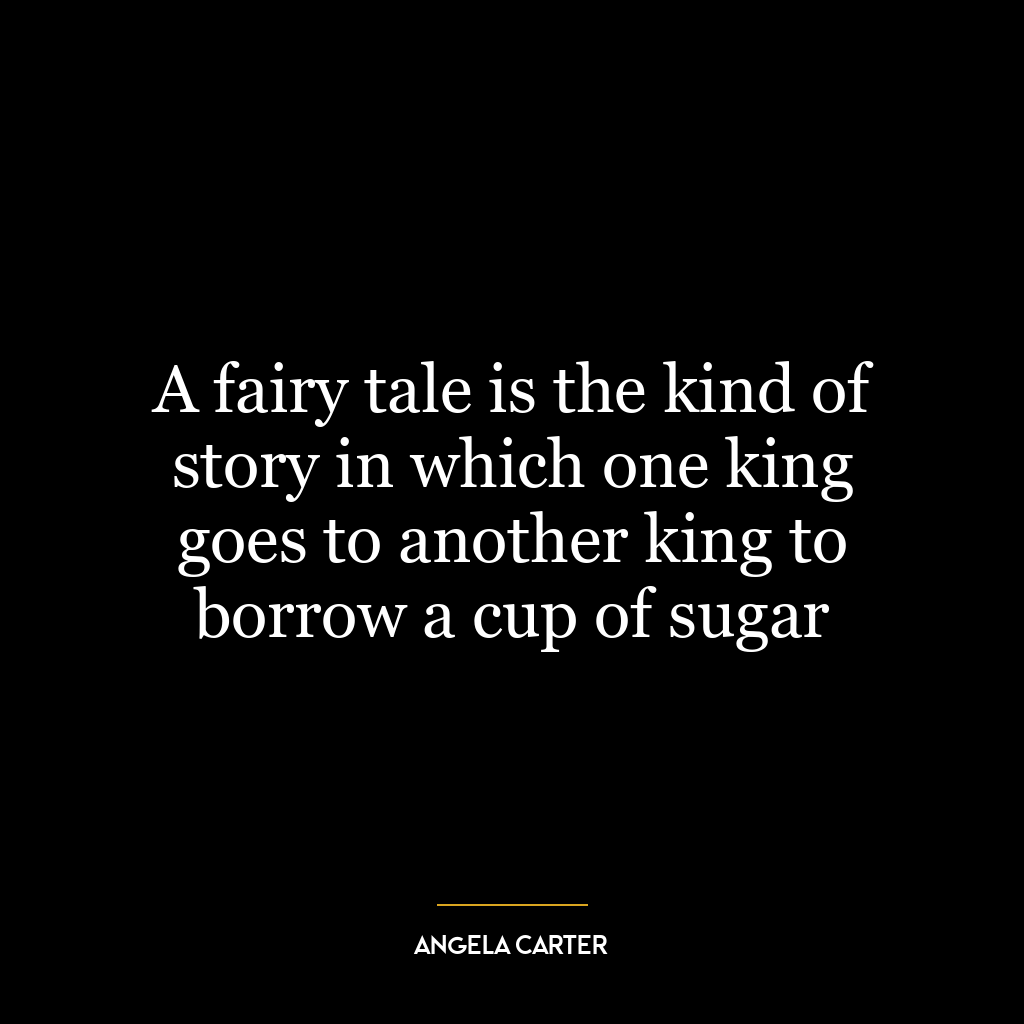'Wildlife' Quotes
Wildlife quotes are powerful and thought-provoking statements that capture the essence of the natural world and its inhabitants. They have been used throughout history to inspire and educate individuals about the importance of preserving and protecting wildlife. These quotes have been spoken by infl…Read More
Wildlife quotes are powerful and thought-provoking statements that capture the essence of the natural world and its inhabitants. They have been used throughout history to inspire and educate individuals about the importance of preserving and protecting wildlife. These quotes have been spoken by influential figures such as conservationists, scientists, and philosophers, and have had a profound impact on society. They have raised awareness about the fragility of our planet and the need to coexist with all living beings. Even today, wildlife quotes continue to resonate with people, reminding us of our responsibility to protect and cherish the diverse and beautiful creatures that share our planet.Read Less
Wildlife quotes are powerful and thought-provoking statements that capture the essence of the natural world and its inhabitants. They have been used throughout history to inspire and educate individuals about the importance of preserving and protecting wildlife. These quotes have been spoken by influential figures such as conservationists, scientists, and philosophers, and have had a profound impact on society. They have raised awareness about the fragility of our planet and the need to coexist with all living beings. Even today, wildlife quotes continue to resonate with people, reminding us of our responsibility to protect and cherish the diverse and beautiful creatures that share our planet.
20 Memorable 'Wildlife' Quotations and Sayings
Wildlife – Symbolic Value
Wildlife, in its purest form, represents the beauty and diversity of nature. It is a symbol of the delicate balance of life on our planet and the interconnectedness of all living beings. The concept of wildlife has been deeply ingrained in human culture and has held a significant symbolic value throughout history.From ancient civilizations to modern societies, wildlife has been revered and respected for its symbolic value. In many cultures, animals are seen as spiritual beings, with each species representing different qualities and characteristics. For example, the lion is often associated with courage and strength, while the eagle is a symbol of freedom and power.In some cultures, certain animals are considered sacred and are worshipped as gods or goddesses. The cow, for instance, is considered a sacred animal in Hinduism and is seen as a symbol of motherhood and fertility. Similarly, the wolf is revered in Native American culture as a symbol of loyalty, intelligence, and family.
Wildlife – Cultural and Historical Significance
Wildlife has played a crucial role in shaping human culture and history. In ancient times, humans relied on wildlife for survival, hunting and gathering for food, clothing, and shelter. As civilizations developed, wildlife continued to hold cultural significance, with many cultures incorporating animals into their myths, legends, and folklore.In addition to their practical uses, animals have also been used as symbols in art, literature, and architecture. For example, the Sphinx in Egypt is a mythical creature with the body of a lion and the head of a human, representing the strength and wisdom of the pharaohs. In Greek mythology, the owl is associated with Athena, the goddess of wisdom, and is often depicted in art and literature as a symbol of knowledge and intelligence.
Wildlife – Common Themes in Motivational Contexts
The concept of wildlife is often used in motivational contexts to inspire and motivate individuals. Many motivational speakers and coaches use animals as metaphors to convey powerful messages and life lessons. For instance, the cheetah is often used to represent speed and determination, while the turtle symbolizes patience and perseverance.In addition, wildlife is also used in team-building activities and leadership training programs. By observing the behavior of animals in the wild, individuals can learn valuable lessons about teamwork, communication, and adaptability.
Wildlife – Portrayal in Art and Media
Wildlife has been a popular subject in art and media for centuries. From cave paintings to modern-day documentaries, animals have been depicted in various forms of art, including paintings, sculptures, and photographs. In addition, wildlife has also been a source of inspiration for many artists, with their beauty and uniqueness captured in various art forms.In media, wildlife is often portrayed in documentaries and films, showcasing their natural habitats and behaviors. These portrayals not only educate people about different species but also raise awareness about conservation and the importance of preserving wildlife.
Wildlife – Impact on Understanding of Life and Society
The concept of wildlife has a profound impact on our understanding of life and society. It reminds us of the fragility of our planet and the need to protect and preserve its biodiversity. Wildlife also teaches us valuable lessons about coexistence, as we share this planet with a diverse range of species.Moreover, the study of wildlife has led to significant scientific discoveries and advancements in various fields, such as medicine and technology. By understanding the behavior and adaptations of different species, scientists can develop new treatments and technologies that benefit both humans and animals.In conclusion, the concept of wildlife holds great symbolic value and has played a significant role in shaping human culture and history. It continues to inspire and motivate individuals, while also reminding us of our responsibility to protect and preserve the natural world. Through its portrayal in art and media, wildlife has also contributed to our understanding of life and society, making it an essential aspect of our existence.




